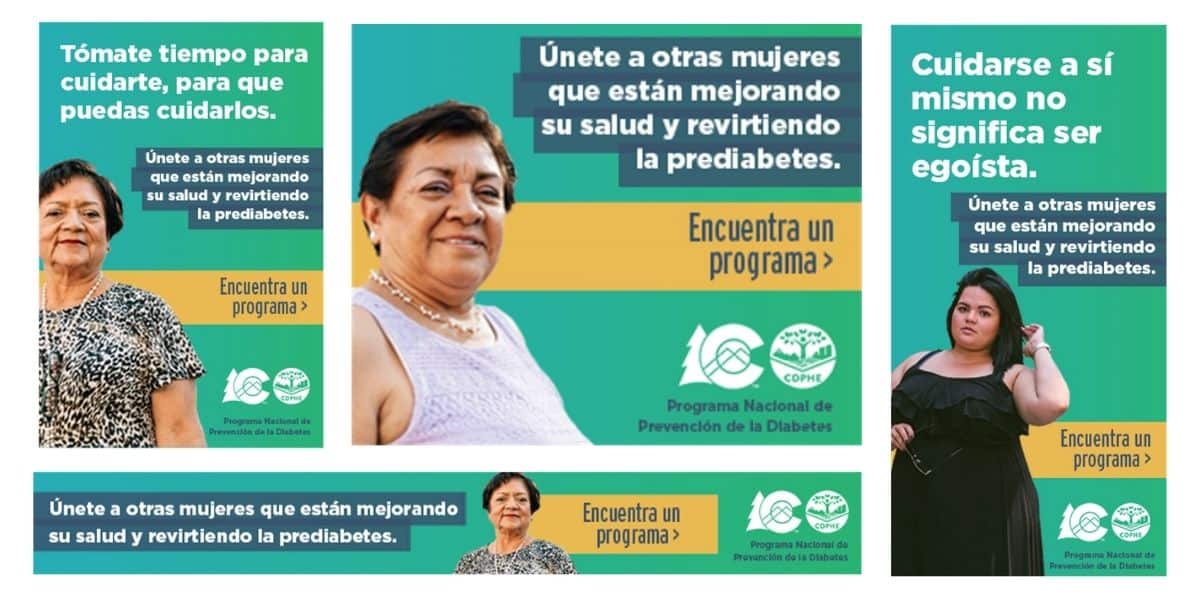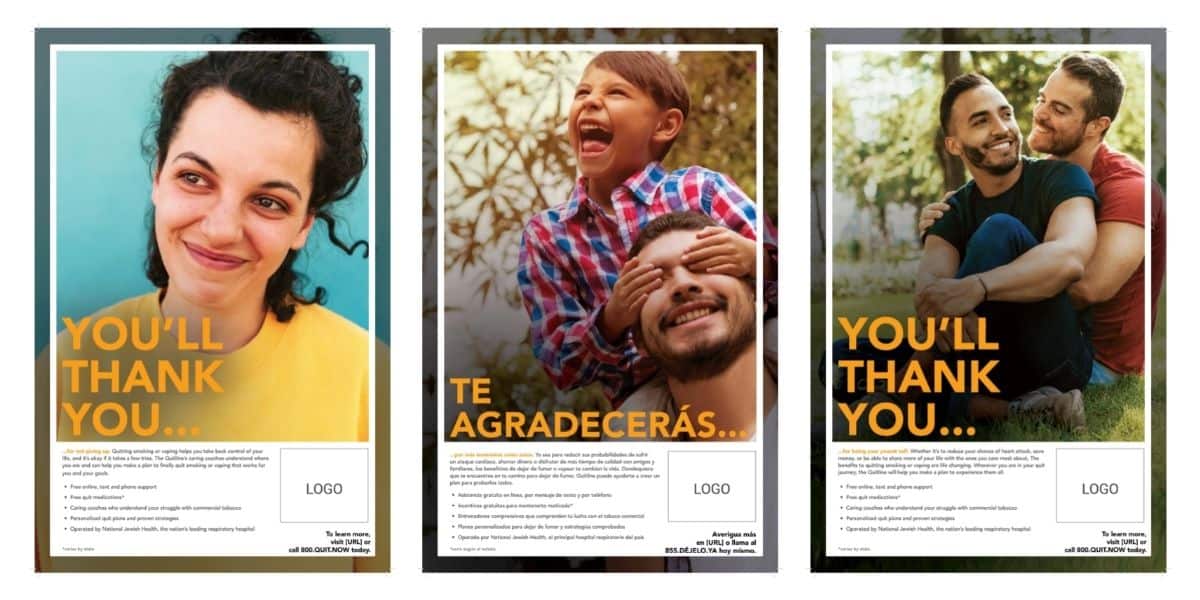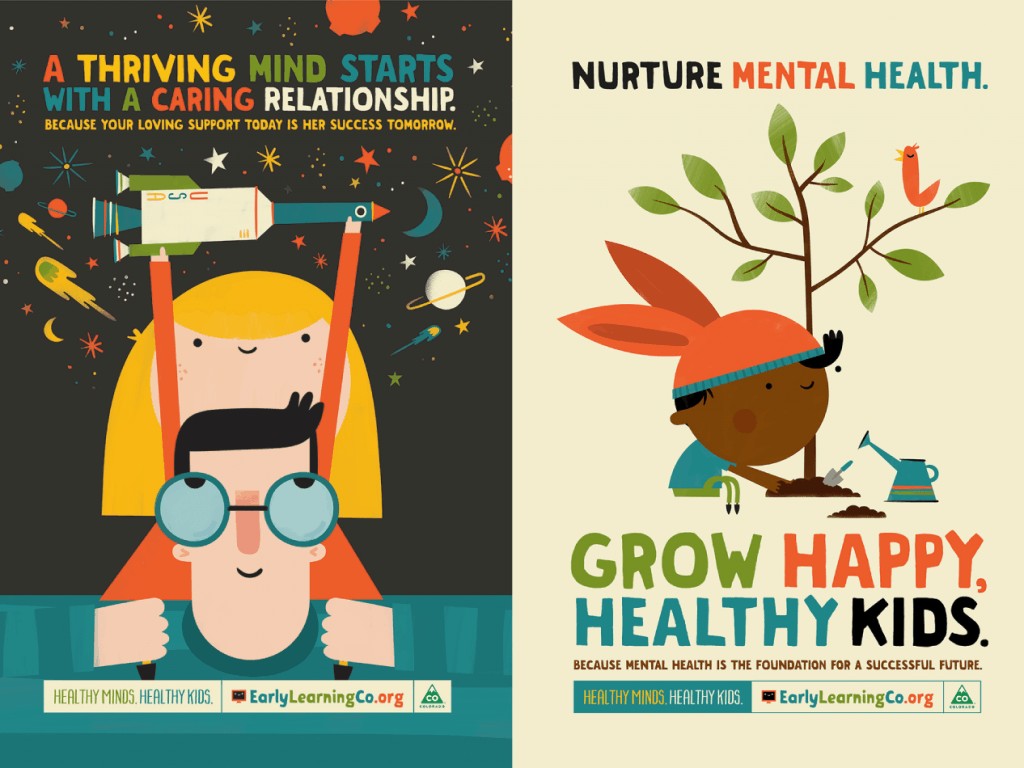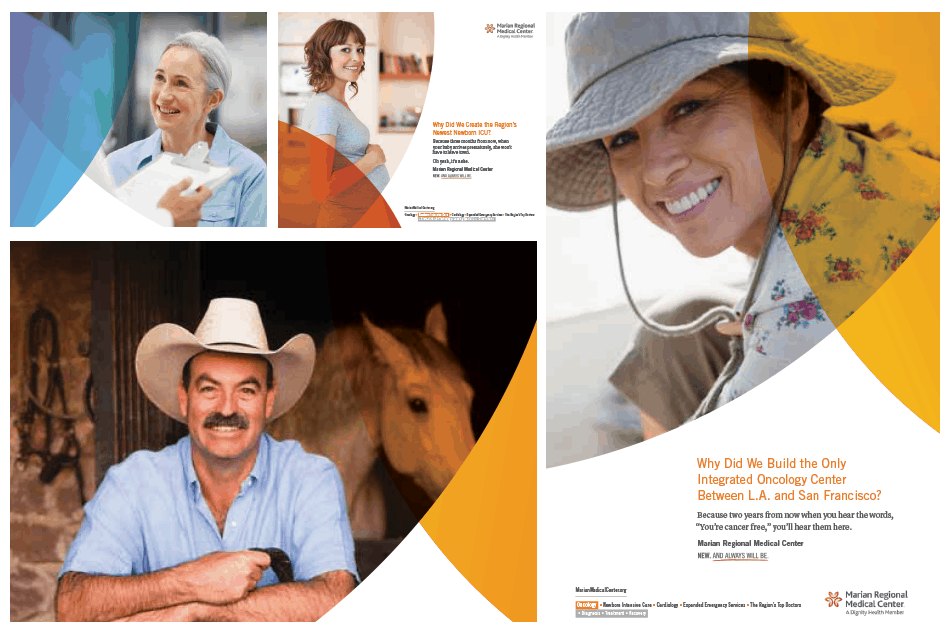We’ve all seen ads that are funny, scary or uplifting.
But do they work, prompting the desired action?
I recently attended the National Conference on Health Communication, Marketing, and Media sponsored by the Centers for Disease Control and Prevention and the National Public Health Information Coalition. The conference was fascinating on many levels, but one presentation in particular made me think about, and even rethink, how we use advertising at SE2 to move the meter on public issues.
Patty Goldman from the Ad Council talked how to create effective advertising, specifically in campaigns aiming to change behavior or opinions. The Ad Council has created some powerful campaigns over the years to prevent unplanned pregnancy, caution against texting and driving, and raise awareness about autism, to name a few. It was the methods that the Ad Council used that made me think about how we work here at SE2.
In order to understand more about how to create effective ads, it conducted research to evaluate some of ads they had produced for different issues. Among their questions, they asked respondents to complete the following phrase:
“This ad makes me want to:
- Get involved in the cause the ad mentions
- Donate money to the cause the ad mentions
- Talk to a friend or someone else about the cause the ad mentions
- Go to the website advertised
- Take action/ do something whatever the ad suggests
- Change how I think about this issue or cause
- Learn more about the issue or cause being advertised
- None of the above”
The findings were telling. Here are a few highlights:
- Sad or scary ads can motivate people to take action, donate money, or do something, even if they don’t “like” the ad.
- Funny or uplifting ads are not effective in encouraging people to take action or changing how people think about an issue, even if those ads are more “likeable”.
- Ads with celebrities or ads that are seen as informative can motivate people to talk with friends or someone else about the issue.
Messages and visuals are crucial to advertising, but it was interesting to see how tone can influence a person’s likelihood to take action. As we move forward in our advertising efforts here at SE2, this lesson will help us construct even better social marketing or public policy campaigns for clients. I know I look forward to seeing how tone plays a part in the Art of Public Persuasion®.





